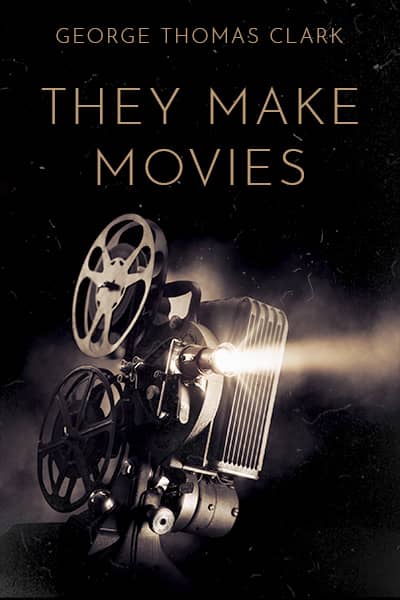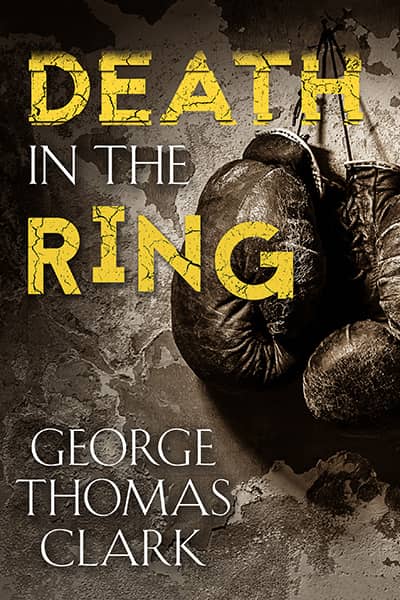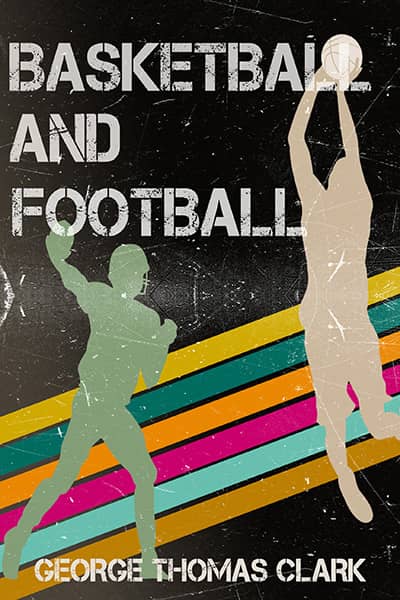Art Appraisals
May 24, 2015
To an interviewer who asked Mick Jagger if he had any art, the slender septuagenarian said, well, I just have several paintings people have given me and a few I’ve bought, but it’s definitely not what you’d call a collection, and they (the bad guys) know that so they never bother coming to my place. He could’ve said places, since he owns at least four or five mansions and penthouses. One must also commend modest Mick for subtly enhancing security. However, it’s here necessary to note one of his former spouses, Jerry Hall, aided by Sotheby’s, auctioned several of her paintings for about three million dollars. Andy Warhol had painted and given her Dollar Sign that sold for three hundred thousand bucks, and naked and pregnant she posed Eight Months Gone under the admiring hands of Lucian Freud, and the work fetched almost a million. Toss in her still private pieces, and those meager holdings of Mick, and what they had certainly constituted a collection.
I can be more candid than Mick Jagger since my artworks are substantially less celebrated – three pieces were acquired for a grand, on eternal layaway, and everything else sold for three figures, or two – so I was quite modest, though not diffident, when I recently carried three paintings into the Bakersfield Museum of Art to be examined by experts from the distinguished auction house Bonhams, which on its website gives this autobiography: “With resident specialists well versed in the fields of European and American Furniture and Decorative Arts, 20th Century Design, Hollywood Memorabilia, Jewelry, Books and Manuscripts, Asian Art, California Painting, Prints and Wine, Bonhams Los Angeles is well equipped to appraise individual items, diverse collections and entire estates.”
For twenty dollars the Bonhams boys and girls would tell me about two paintings, and that’s the reservation I booked, but upon arrival jacked up fifteen more for another opinion. After checking in, I carried the paintings and my notebook into a large back room often used for weddings and banquets as well as artistic heavy lifting, and a volunteer told me to sit in the front of several rows facing tables bearing the labels of expertise. I leaned my paintings against a nearby wall. During the wait I noted some fine paintings and antique furniture and with customers exchanged friendly acknowledgments of mutual inexperience in these endeavors. The first three times I was summoned by an expert, who’d just finished an appraisal, I stood and prepared to approach but was stopped by aesthetes pleading they were here first, and the volunteer agreed and so did I and wondered why I’d been called.
When it really was my turn I greeted a tall lean man who spoke with a British accent and looked disinterestedly at me through baggy dachshund eyes.
“What’s the name?” he said, positioning his laptop.
“Tom Clark.”
“Of the first artist.”
“Adonay Duque. He’s a Venezuelan artist.”
“Spell it, please.”
I did, and we connected all the vowels and consonants on the third or fourth try.
“Here, look at these auction papers I copied online.”
“Yes, here’s the same thing on my screen.”
“Right, see there, three paintings about twenty by twenty inches, four inches shorter than mine, and they’re selling for twenty-three to twenty-seven hundred.”
“Yes, in Spain.”
“I paid six hundred each at the Chateau Marmont Hotel in Hollywood in 1997. They’re appreciating rapidly.”
“In Spain.”
Not having noted the location, I looked again: “It says Caracas.”
“That’s where you need to take these, Caracas or Mexico City.”
“I was in Mexico City a couple of months ago.”
“You need to go again, and take these.”
“What about an auction in L.A?”
“Our experience is that Latin art doesn’t sell as well here.”
I forgot to mention several million Latinos live in Southern California.
“How much would they bring here?”
“Probably less than a thousand each. And our minimum is a thousand.”
“How much are your commissions?”
“Ten to twenty-five percent. What else do you have?”
“Right over there, the doll tied by her arm and hanging over a great still life on the table. That’s a skinned goats head.”
“It’s an attractive picture. What’s the artist’s name?”
“Denise DeGrazia. She’s on the internet.”
“So am I.”
“Here are some papers about her. I paid four-fifty about thirteen years ago.”
“She never has anything on auction.”
“Right, I know. But this is a fine piece.”
“It’s worth about five hundred.”
“That doesn’t even cover inflation. Surely it’s worth more than I paid in 2002.”
“Five hundred. Good luck.”
This guy may be experienced, I thought, but is far too Eurocentric and traditional to understand either the intrinsic or financial value of these works. I decided to take them a few blocks away to the gallery of Chris Vanderlei, who for fifty years has sold art and artifacts in Bakersfield. He’ll put these babies on consignment.
I carried the works in, arrayed them around his desk, and said, “Check these out. Adonay Duque’s one of the hottest artists in Latin America. These two works have grown by three hundred percent since 1997.”
“Art just isn’t selling now.”
“The economy’s stronger. A lot of paintings here the last time are gone. You must sell some.”
“Not many. I make my living selling antiques and oriental rugs every month at the Rose Bowl flea market.”
“The guy for Bonhams over at the museum told me I had to go to Caracas to sell these.”
“Try eBay. That’s the best outlet for these.”
“What about the doll painting. It’s really well done.”
“Yeah, but I don’t like that peeled pig’s head.”
“It’s a goat’s head.”
“Not something I’d want to hang in my home.”
“It’s been in my home for years. I’d say it’s worth at least a thousand.”
“I think about five hundred.”
That tired-eyed Brit must have just called.














